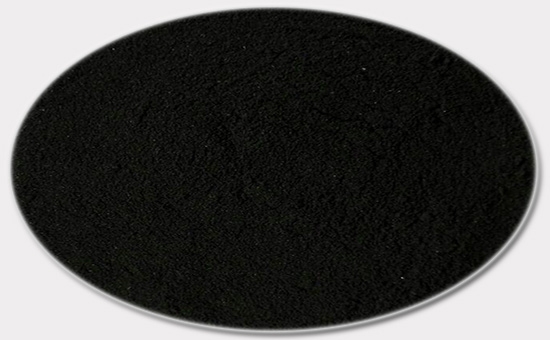
The processing methods of waste rubber tires mainly include tire retreading, production of reclaimed rubber, rubber powder processing, and tire pyrolysis. The production process of processing waste tires into tire rubber powder is simpler and environmentally friendly. The tire rubber powder can be recycled into the production of rubber products and asphalt. Modification and many other fields. In actual production, many companies using tire rubber powder choose to activate and modify the rubber powder. Why? What are the modification methods? What occasions can the rubber powder after activation and modification be used?
1. Significance of activation and modification of tire rubber powder
The structure of the rubber powder processed from waste rubber tires is dense and intertwined, the surface is inert, the chemical reaction activity is weak, and the compatibility with the polymer matrix is poor. Therefore, it is difficult to form a good bonding interface when directly added to the material, which in turn affects the composite Material 2YLYY513 performance. Surface activation modification of tire rubber powder can significantly improve the compatibility of rubber powder with other materials, improve the process performance of composite materials, further increase the amount of tire rubber powder added, and effectively reduce costs.
2. Method for activation and modification of tire rubber powder
The activation modification of tire rubber powder often adopts the following methods: regeneration desulfurization modification, grafting or interpenetrating polymer network modification and polymer coating modification.
Regenerative desulfurization modification is a modification method in which a regeneration activator is added to the rubber powder for heating or other effects are used to destroy the sulfur cross-links and three-dimensional network structure. It can be divided into chemical regeneration, physical regeneration and microbial regeneration. Three categories. Grafting or interpenetrating polymer network modification is a method of grafting the rubber powder on the surface by adding a graft modifier to the rubber powder under certain conditions. Common graft modifiers are styrene, maleic anhydride, etc.
3. Advantages and application fields of modified tire rubber powder
The activated and modified tire rubber powder can be used in the production of rubber products and rubber products instead of raw rubber. It can improve the properties of polyurethane materials, increase the toughness of plastics, increase the impact toughness of concrete, and improve the high and low temperature properties of asphalt pavements. Cement fatigue resistance, impermeability, frost resistance, etc., can also be mixed with polyethylene or polypropylene in a certain proportion to improve the strength and hardness of the material.
The amount of rubber powder can be appropriately increased under the premise of ensuring the quality of the composite material to reduce the cost. More raw material costs. The editor has the opportunity to continue to share with you the specific application of activated modified tire rubber powder.
Exclusive original article [commercial authorization] reprint, excerpt and excerpt in any form are prohibited without written authorization. Focus on Hongyun rubber: learn the process formula and raw material technology of producing rubber products from recycled rubber to help you reduce costs and increase profits